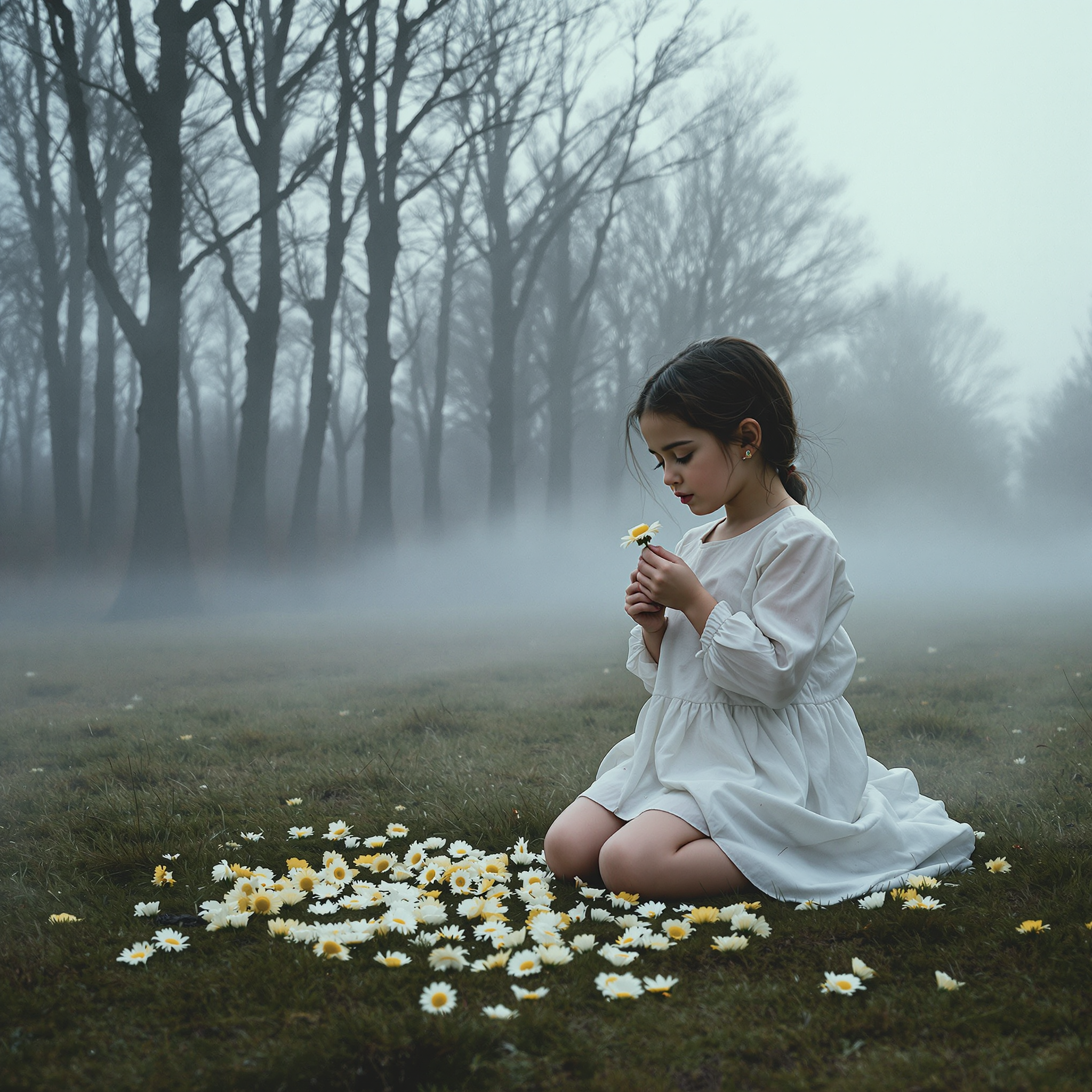The superstition centers around plucking off the petals of a flower, typically a daisy, while reciting a structured rhyme such as “Hate her, Have her, This year, Next year, Sometime, Never.” Each phrase corresponds with a petal, and the phrase recited as the last petal is plucked reveals the foretold outcome.
– The individual focuses on a love interest or potential partner while performing the ritual.
– Variations of the rhyme include: “She loves me, she loves me not,” or “This year, next year, sometime, never” to determine timing.
– The ritual may involve using the flower’s natural randomness to mark fate’s answer.
The practice is purely symbolic and is often performed lightheartedly to glean an answer about romantic interests.



